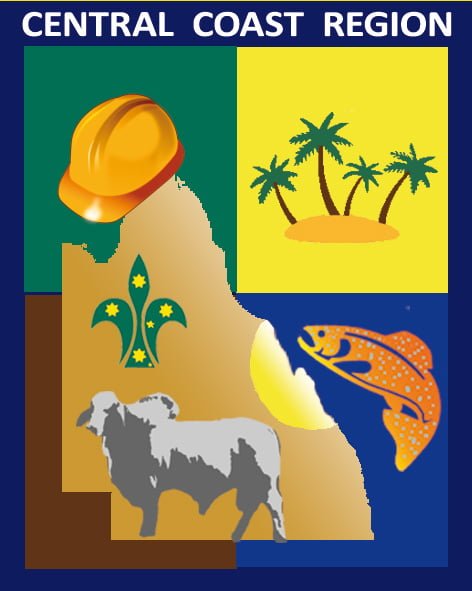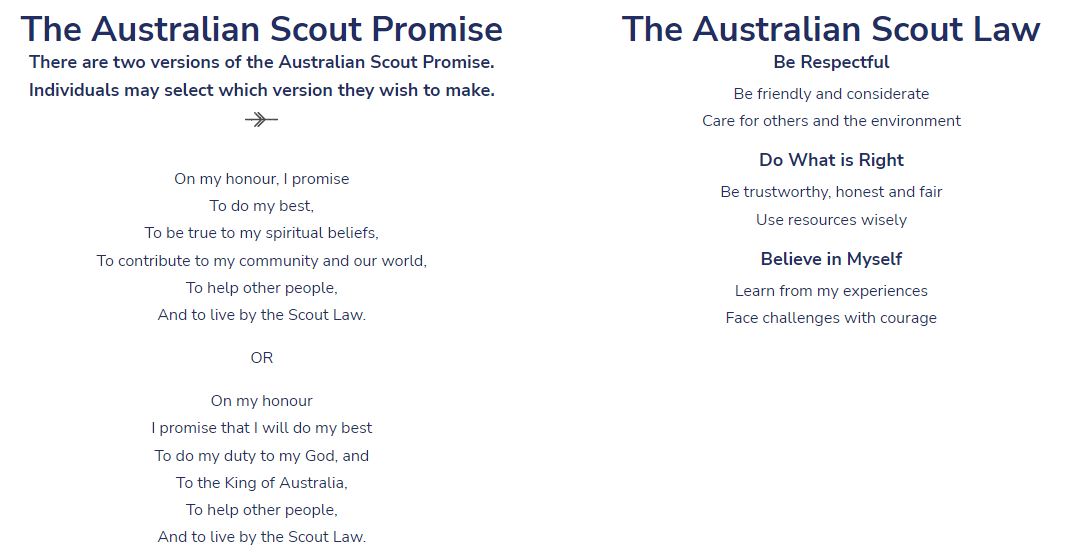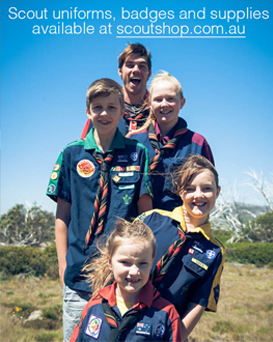History of Scouting
Scouts Founded
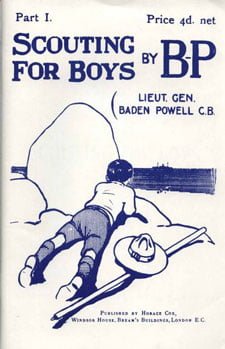
Scouting in Queensland
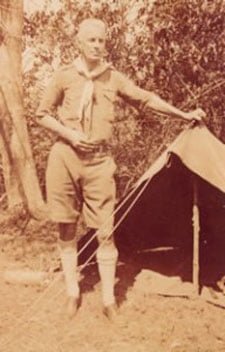 Photograph of Charles Snow
Photograph of Charles Snow
Early Development
Major Changes
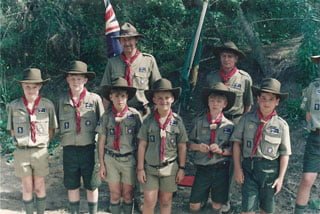
Girls in Scouting
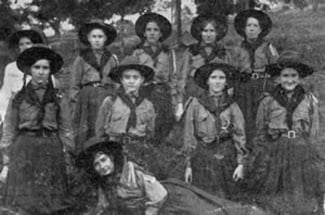
Scouts Now
Famous Scouts
Scouting has, for over a 100 years, helped boys and girls to develop to their full potential and become responsible useful members of society.
These prominent Aussies have all been influenced by Scouting – Robert Irwin (Scouts Qld’s Ambassador), Dick Smith AO, Peter Beattie, Rove McManus, Peter Garrett, Sir Jack Brabham, Jamie Durie, Shane Jacobson, Bert Newton, Adam Spencer, Regan Harrison, Tim Jarvis, Brendan Nelson, Manfred Cross AM, Paul Gockel, Sir Hubert Wilkins, Dick Smith OA and David Parkin, 2018 Comm Games – Decathlon – Bronze Medalist – Cedric Dubler – St Johns Wood Scout
These wonderful people were or are current Scouts – Sir Richard Branson, Bill Gates, David Beckham, Venus Williams, Mariah Cary, Neil Armstrong, Sir Paul McCartney, Billy Connolly, Harrison Ford, Celine Dion, Barack Obama, Michael Jordan, Steven Spielberg, Patrick Stewart, Bear Grylls, Michael J Fox, Sir David Attenborough, Tony Blair, Michael Parkinson, David Bowie, Jaime Oliver, Ashton Kutcher, Kieran Ault-Connell, Russell Brand and Andrew Murray.
